6 ways to invest in your herd’s health
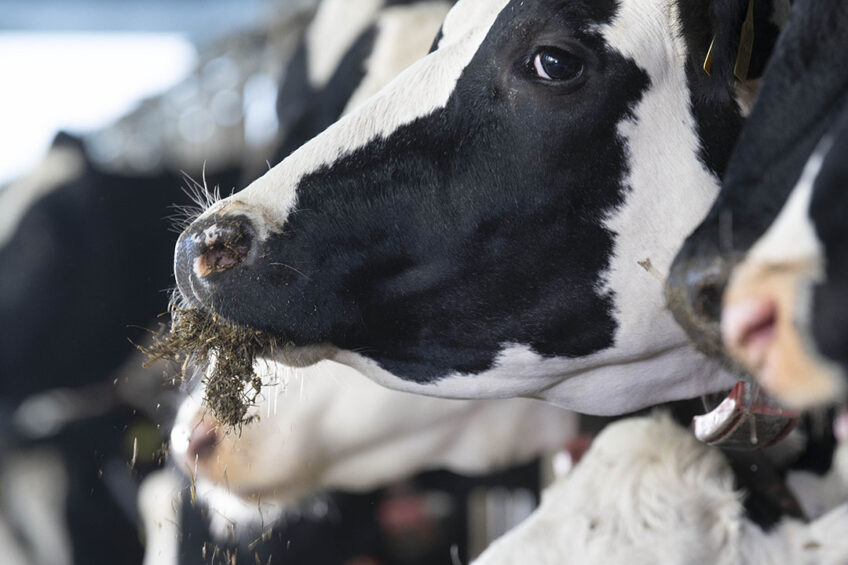
The health of your dairy herd is directly related to the profit margins of your operation. While many farmers take a reactive approach to herd health costs by paying for vet care or antibiotics when dairy cows get sick, allocating funds to support health proactively tends to offer a better outcome.
Access to veterinarians and modern-day medicine to treat sick cows is perhaps better than ever, but even a single ill or diseased cow can have the entire herd at risk. Plus, widespread concerns of antibiotic resistance in humans have spurred much discussion about using antibiotics responsibly for farm animals — as antibiotics are one of the most prescribed medications for bovine illnesses.
Investing in dairy herd health before illness occurs promotes production and protects the overall operation in the long run. From nutrition to biosecurity, farmers have numerous options to invest in the health of their dairy herds.

 A high-quality diet
A high-quality diet
A well-rounded diet is by far the most effective way to support the health of your herd. Feed and forage, fresh water, minerals, supplements — each component of a cow’s or calf’s diet affects the animal’s overall health and the strength of its immune system. Keep in mind, a single cow can consume up to 50 gallons of water daily. Lack of enough fresh water can not only compromise milk production but also lead to issues with dehydration that may encourage further illness.
How to ensure optimal water supply
Water is vital. Cows should have easy access to water at all times. Providing water should be based on the cows requirement on the hottest days. The right access factors to water is paramount. But what factors should be looked at? Find out more…
 Clean, comfortable housing
Clean, comfortable housing
Be sure to keep housing areas clean by following the proper sanitising methods to keep bacteria and parasite levels low. Likewise, a comfortable cow with enough space to move is less likely to get stressed or injured. One area where space can be lacking in free stalls is length. Cows naturally lunge their bodies forward when rising from the ground to get their hind quarters raised. Therefore, a stall length of about 9 feet should be the minimum.
How to be certain of a comfortable feeding fence
The feed fence should be comfortable for the cow. It is really important to make sure there are no errors on design and dimensions which can cause horn breakage, bruises, bald patches or restricted eating. Read more…
 Ventilation
Ventilation
Even if you are holding the bulk of your herd in a controlled indoor environment for comfort and health, fresh air is still highly important. Funneling fresh air through housing areas is a good way to deter respiratory problems and combat the spread of disease. Consider investing in fans to keep air moving through housing areas.
 An actionable biosecurity protocol
An actionable biosecurity protocol
Biosecurity is all about protecting the biological state of your herd by thwarting outside and inside biologic risks. Cross-contamination between farms due to bringing in outside animals or equipment is always a risk.
However, containment procedures should also be in place for when a cow in your herd gets sick. For example, if you have a cow with an illness, the animal should be held in an area where access is restricted or highly monitored to prevent carrying pathogens to the rest of the herd.
 Pasture grounds
Pasture grounds
Invest in the pastures where your dairy herd grazes. Directly setting up the ground and growth to nurture the needs of the animals through quality forage is perhaps one of the most overlooked investments a dairy farmer can make.
For example, controlling ragweed and cocklebur prevents the weeds from overtaking what could be high-quality forage for the cows. Implementing a rotational foraging system can also help; doing so leaves enough grass to encourage quick regrowth so the herd does not run out of quality grazing area.
Ensure grass reseeding success
With grass reseeding it is important preparatory steps are taken now. Alex Law, grassland and forage crop product manager at Carr’s Billington gives some insights into what should be considered. Check it out…
 Preventive vaccinations
Preventive vaccinations
Vaccines can be a critical component of a healthy herd, even though vaccines are only available for certain illnesses such as infectious bovine rhinotracheitis virus, bovine respiratory syncytial virus, and leptospirosis. Vaccination for dairy heifers can start anywhere from birth to 6 months old and continue to be necessary during pre-breeding stages and prior to calving. Carefully following recommended vaccination schedules is an easy way to invest in herd health and prevent issues with illness later in life.
Proactive health investments are a worthy adjustment
With a few changes in how you look at herd health, you can see less money invested over the long term in treating illness. As innovation in proactive bovine care drives operational change, farmers are better equipped to foster healthy herds with immunity to fight some of the most common bovine ailments.
Join 13,000+ subscribers
Subscribe to our newsletter to stay updated about all the need-to-know content in the dairy sector, two times a week.
 Beheer
Beheer

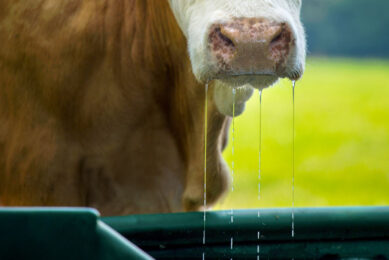
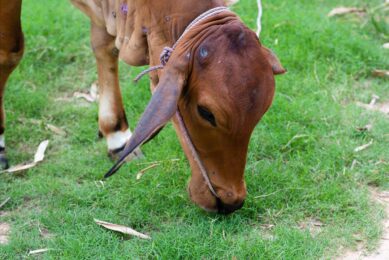
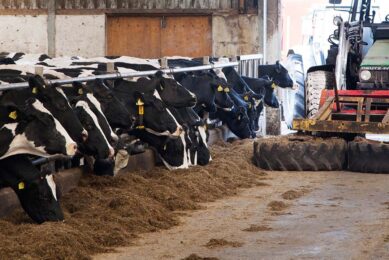
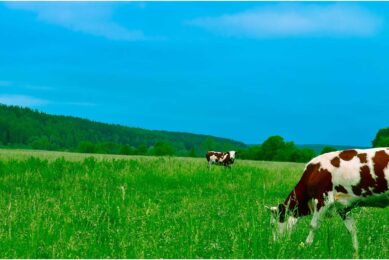




 WP Admin
WP Admin  Bewerk bericht
Bewerk bericht